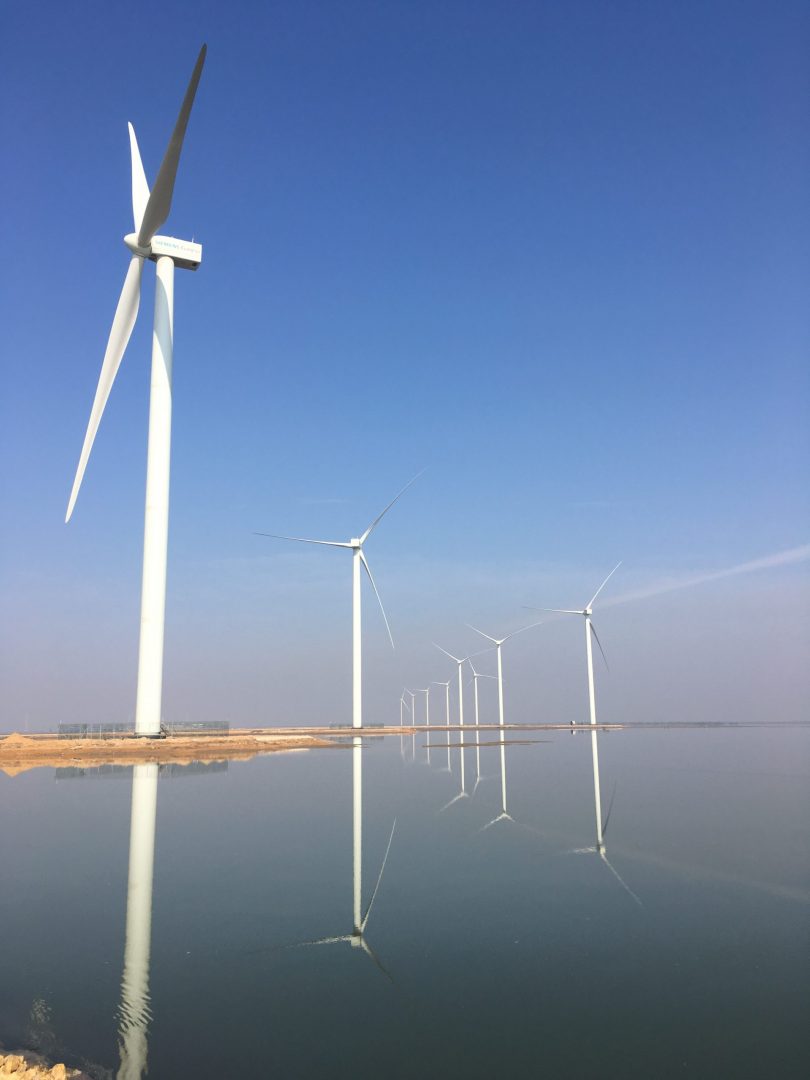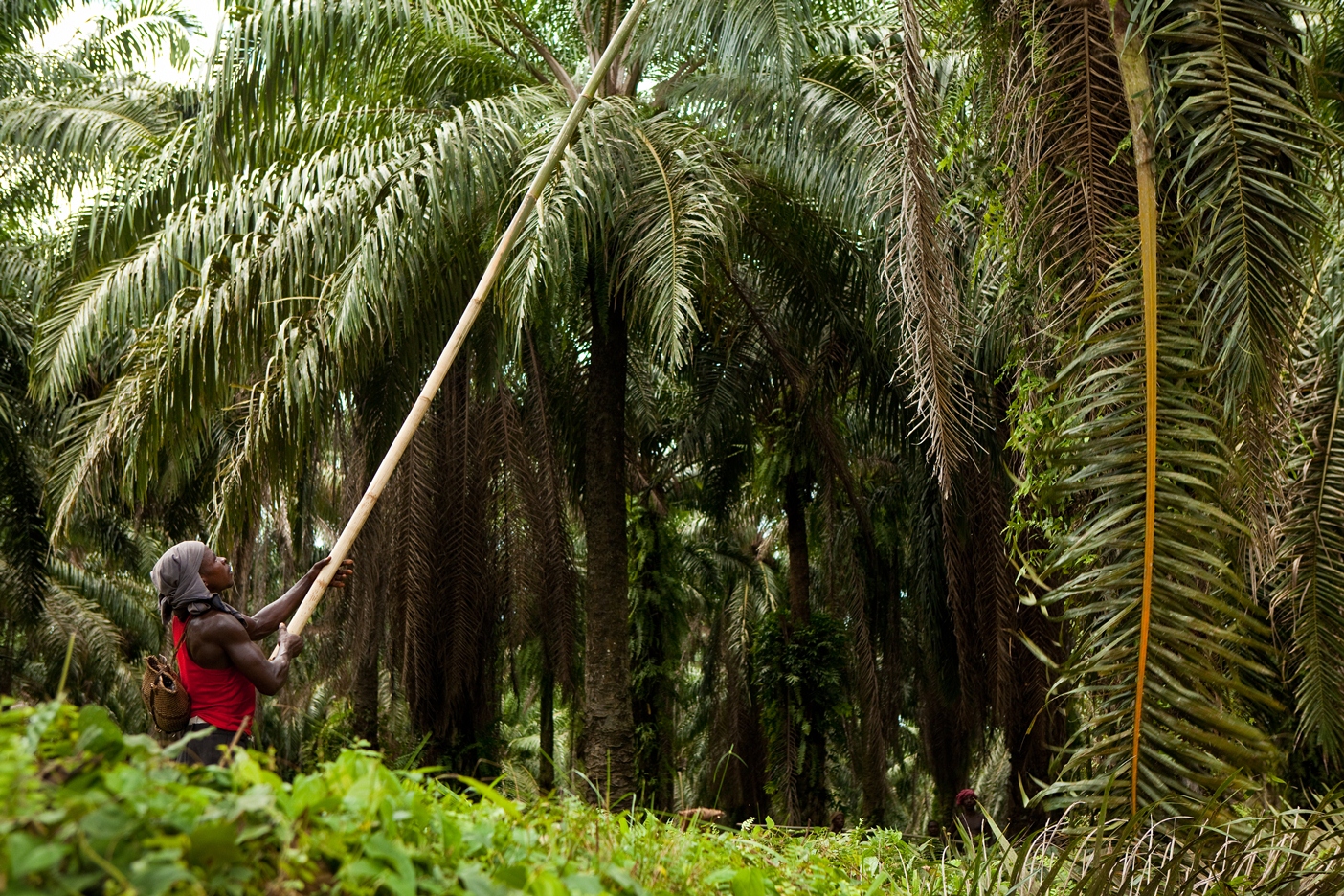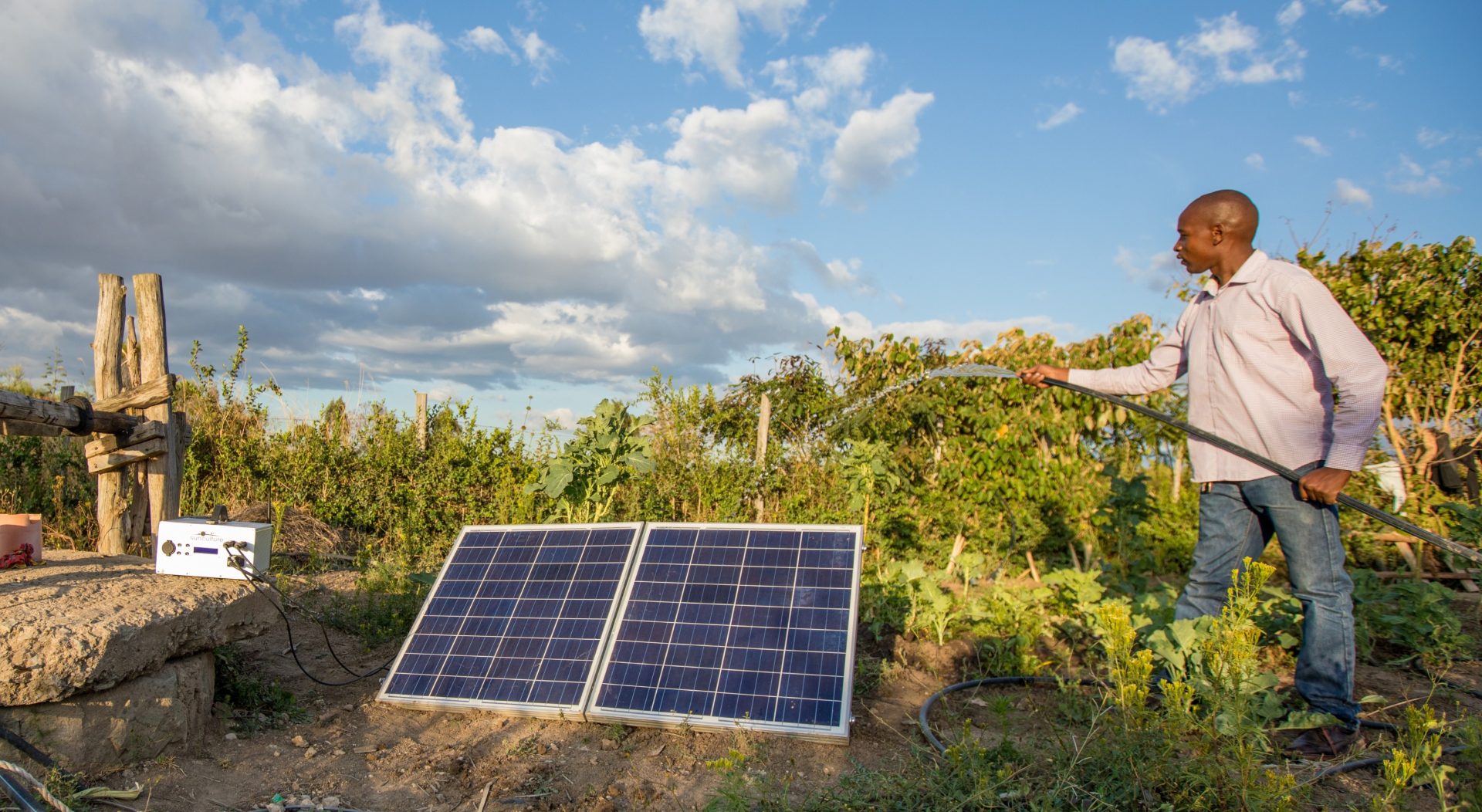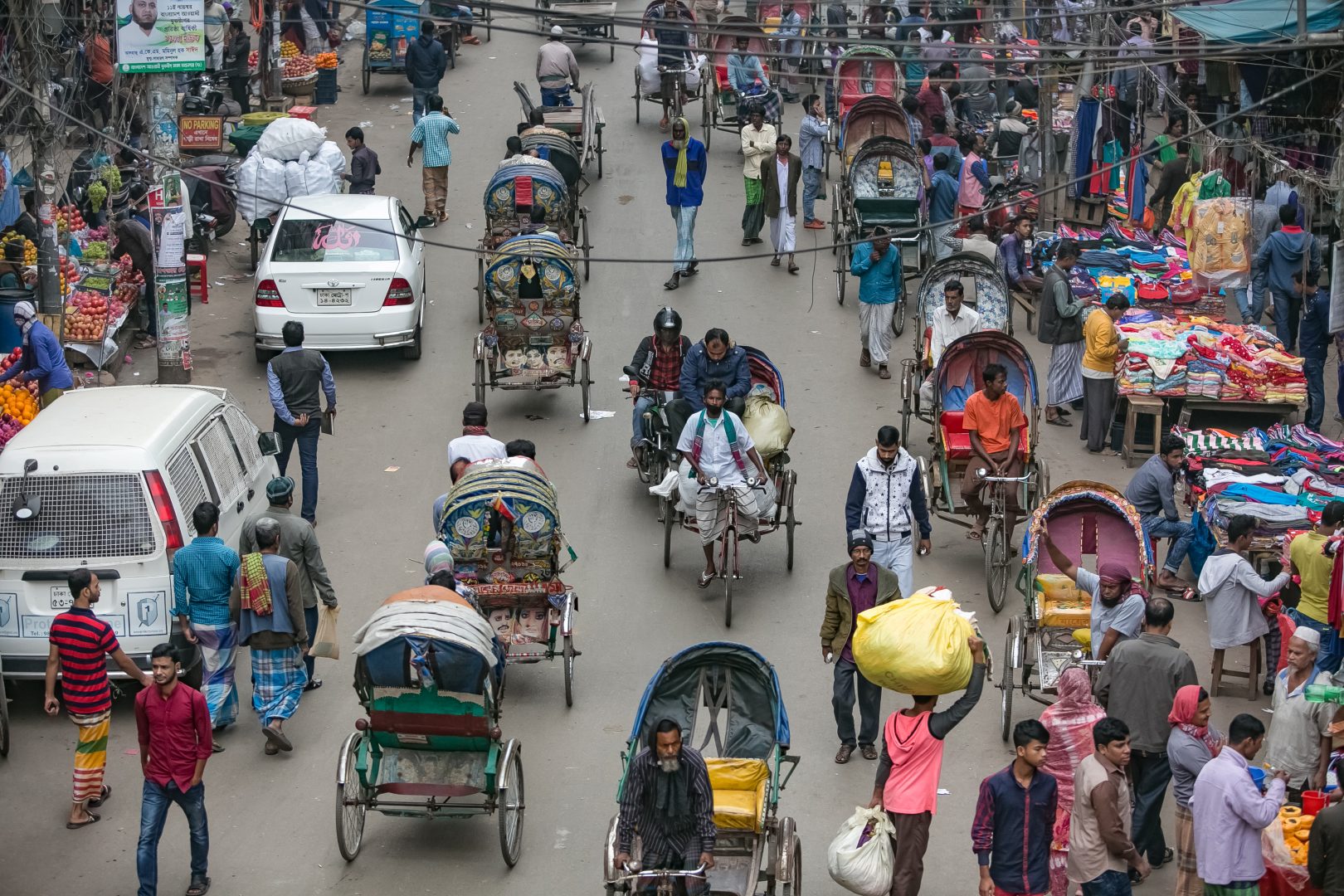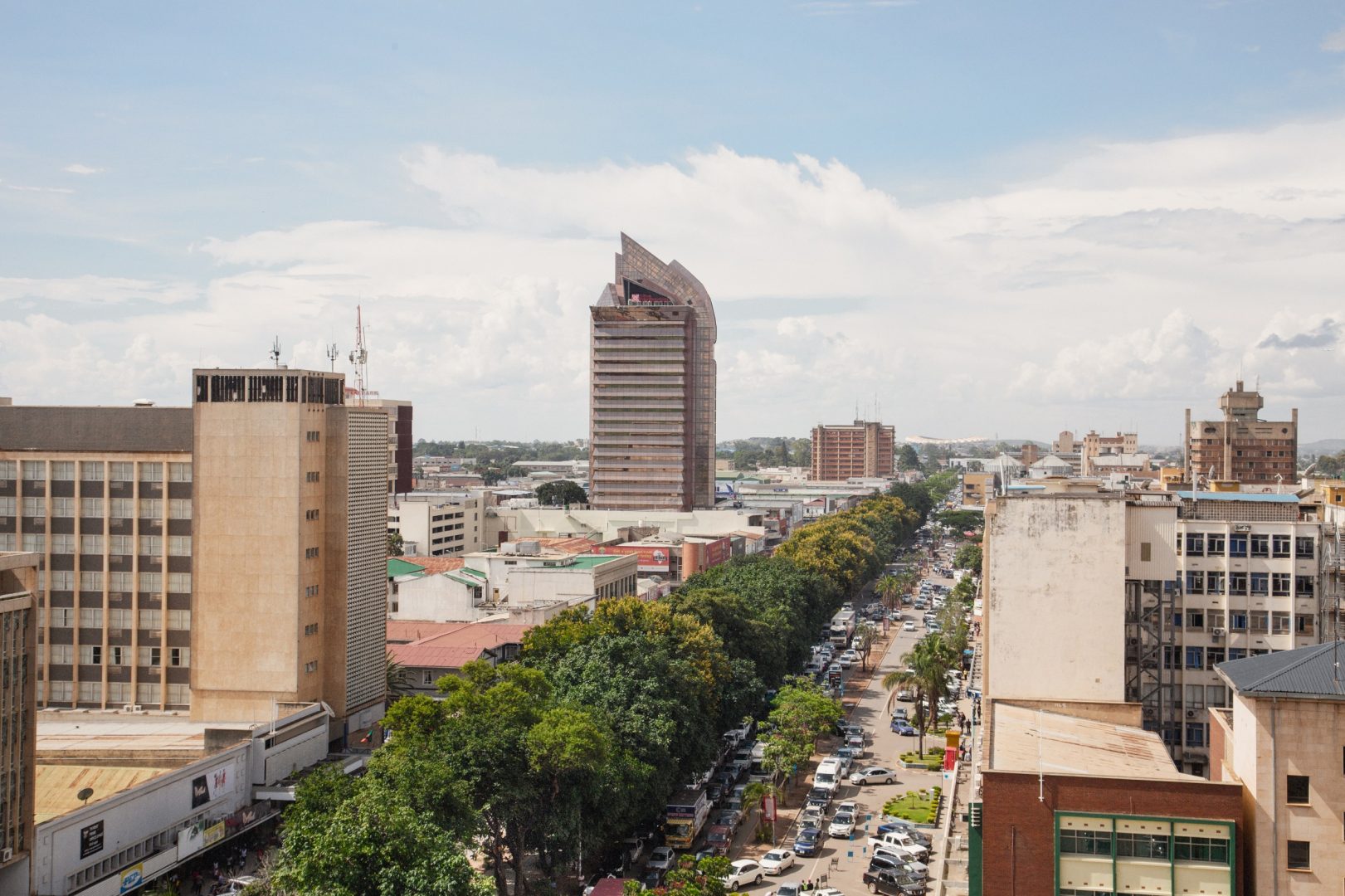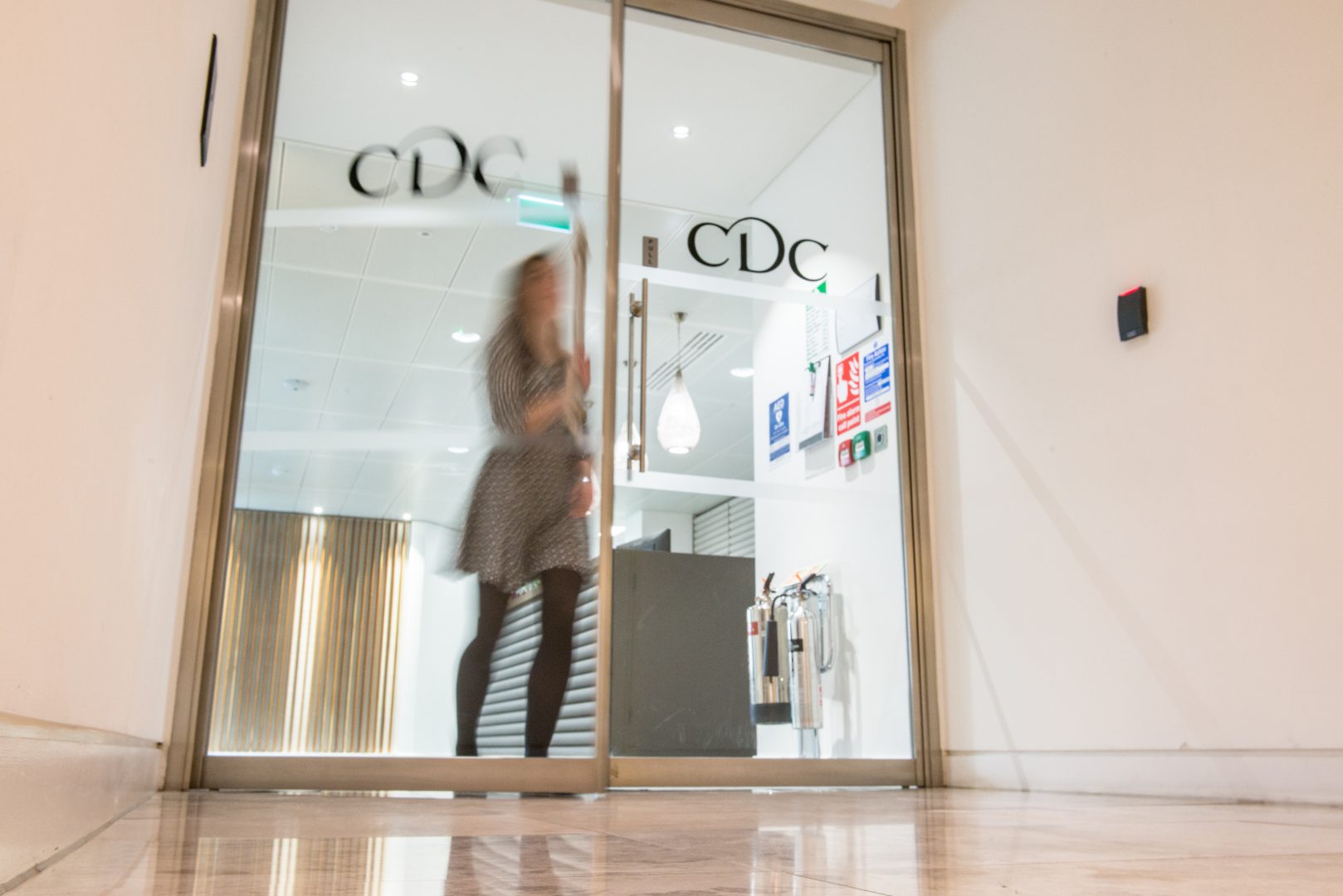In today’s digital age, connectivity is a cornerstone to economic growth and prosperity. The internet continues to revolutionise the modern world and changes how we live. Yet, there are still places where the internet is out of reach for many.
One such place is the Democratic Republic of the Congo (DRC). The country lags behind in mobile connectivity compared to almost all other countries in sub-Saharan Africa. Average mobile phone penetration rates are only 26 per cent in the DRC compared to 43 per cent in the region as a whole, and only 9 per cent of individuals across the country use the internet. High costs of connectivity and a lack of affordable options are significant challenges. As a percentage of average income, the price of data ranks among the most expensive in the world – the DRC ranks 28th out of 29 African countries on the latest affordability index developed by the Alliance for Affordable Internet (A4AI).
Improving access to affordable and quality internet is central to Africa’s development and economic growth, and a key part of Sustainable Development Goal 9. That’s why in 2019, CDC invested $180 million in Liquid Telecom, the largest independent fibre and cloud provider in Africa. Among many other things, our investment will enable Liquid to expand internet access to some of the least connected parts of the continent such as the DRC and South Sudan.
Liquid is significantly scaling up its services across the DRC. One key project is activating 2,500 km of previously dormant fibre backbone that connects the country from east to west. This will introduce fibre connection to several cities between Kinshasa and Lubumbashi for the first time. In these cities, a shift from mobile to fibre connectivity will enable a significant increase in bandwidth. In turn, as mobile operators upgrade their networks, this should increase the availability of high-speed internet as well as reduce the price per megabyte.
Our latest Insight report, What is the impact of fibre connectivity in the DRC? looks at the current state of connectivity in the DRC with a focus on urban Kinshasa. Based on original surveys of 536 households and 270 enterprises, we outline baseline conditions related to internet access, usage, barriers and key socio-demographic indicators. We will follow up the baseline study with future data collection to measure the extent to which firm operations and people’s lives have changed as a result of Liquid’s activities.
Connectivity is widely accepted to be an important enabler of economic growth and development. However existing research and data that precisely quantifies the impact it brings about in emerging markets is surprising scarce, as CDC’s recent evidence review on the topic demonstrates. Our current study will contribute to the evidence on the impact of connectivity.
Key findings from our baseline analysis include:
Firm analysis
– Only about 30 per cent of surveyed firms in urban Kinshasa have dedicated business access to the internet. This is driven by low rates of internet access in micro and small firms, while medium and large-sized firms are much more likely to have access (91 per cent).
– On average, surveyed firms in Kinshasa use the internet for 5.6 hours per day. The main reported uses of the internet among connected firms are monitoring news that could impact the business, researching potential competitors, and exporting or importing.
– Almost half of connected firms report experiencing problems with internet connectivity on a daily basis. Nonetheless, 40 per cent of internet-connected firms report to be at least moderately satisfied with their internet service quality.
– Barriers to access for these firms include unfamiliarity with the internet and costs. 47 per cent of unconnected firms cite a lack of need or know-how as the primary reasons for remaining unconnected.
Household analysis
– Almost 90 per cent of surveyed households in urban Kinshasa have some form of internet access, primarily mobile internet – much higher than the 10 per cent average across DRC’s total population.
– 97 per cent of surveyed connected working-age individuals use mobile phones as their primary method of accessing the internet. Only 28 per cent of users describe their internet connection speed as good or very good, while 23 per cent describe their service as unstable with frequent disconnections.
– The most common uses of the internet are social networking, educational purposes, and job searching. About 20 per cent of respondents regularly access job search materials or content online.
– Costs are the primary barrier to internet access for households in urban Kinshasa, with more than 30 per cent of individuals citing costs as their main limitation for internet use. Average monthly spending on data is approximately 17 per cent of average income per working-age individual.
Over the next few years, the evaluation study will examine how key indicators change as a result of Liquid’s projects. As well as collecting future data in Kinshasa with an endline survey, we hope to use additional data sources on internet infrastructure, pricing and reliability to broaden our insights and examine impact elsewhere in the DRC. Some potential impacts to look out for include an increase in access to internet, improvements in quality and speed of connection, and reductions in prices. As access to and use of the internet become more widespread among firms and individuals, other outcomes like income and job creation should also improve. We look forward to sharing the findings!
